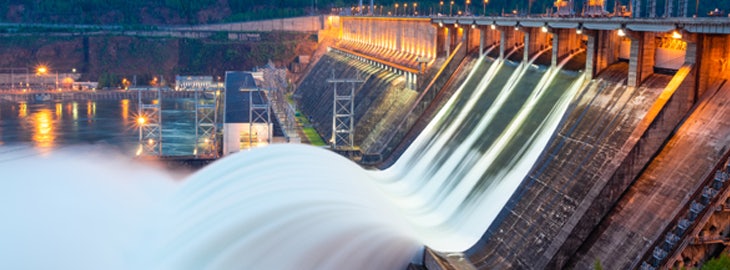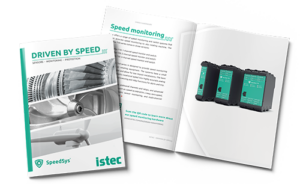Hydro turbines operate within carefully controlled speed parameters to ensure safe and efficient power generation. However, certain conditions can lead to overspeed events, posing a risk to equipment, environment, and personnel. Understanding the common causes of overspeed is essential for implementing effective protective measures. This article outlines the key reasons why hydro turbines may experience overspeed conditions.
Load rejection
One of the most common causes of overspeed in hydro turbines is load rejection. When a generator is suddenly disconnected from the electrical grid due to a fault or disconnection event, the turbine continues to receive the same water flow but loses its electrical load. Without the resistance provided by the generator, the turbine accelerates rapidly, potentially exceeding safe speed limits. To prevent damage, overspeed protection systems are designed to detect these events and activate braking mechanisms or adjust wicket gates accordingly. Proper valve and gate control during such transients is essential to avoid critical overspeed scenarios.
Governor failure
The governor system in a hydro turbine regulates the flow of water to maintain a stable speed. If the governor malfunctions due to mechanical failure, electronic issues, or loss of control signals, the water flow may not be properly regulated, leading to excessive acceleration. However, it is important to note that the governor is not a dedicated overspeed protection system. Overspeed protection requires independent and redundant systems with their own sensors and trip logic. Redundant control mechanisms and regular maintenance are necessary to ensure reliable operation.
Valve or wicket gate malfunction
Hydro turbines rely on wicket gates or inlet valves to control water flow into the turbine. If these components fail to close properly or become stuck in an open position, the turbine may receive more water than necessary, leading to an overspeed condition. This issue can also arise due to incorrect sequencing during startup or shutdown. Routine inspections, fail-safe actuators, and proper startup logic help mitigate this risk.
Hydraulic system issues affecting gate control
While not always mentioned explicitly, hydraulic pressure systems play a critical role in controlling the position of wicket gates and other flow-regulating components. Failures such as loss of pressure, leakage, or pump malfunction may prevent the gates from adjusting water flow correctly, resulting in uncontrolled acceleration. Regular monitoring and maintenance of hydraulic systems are crucial to ensure reliable turbine control.
Complex operating conditions and misoperation
Although rapid water flow fluctuations are not a direct cause of overspeed, complex modes of operation, such as those found in pumped storage plants or during switching between turbine and pump modes,can complicate speed control and signal interpretation. Misoperation during these transitions can result in overspeed conditions. Advanced monitoring and automated control systems help reduce these risks by ensuring precise coordination.
Ensuring turbine safety Overspeed conditions in hydro turbines can lead to severe mechanical failures, posing risks to both plant operations and safety. Implementing advanced overspeed detection systems, such as the Istec SpeedSys Overspeed Detection Systems range, provides real-time monitoring and rapid response to prevent damage. Understanding and mitigating these common causes of overspeed ensures stable and efficient hydropower generation.
The speed product brochure provides a complete overview of our tachometers, overspeed detection systems, and speed sensors.


